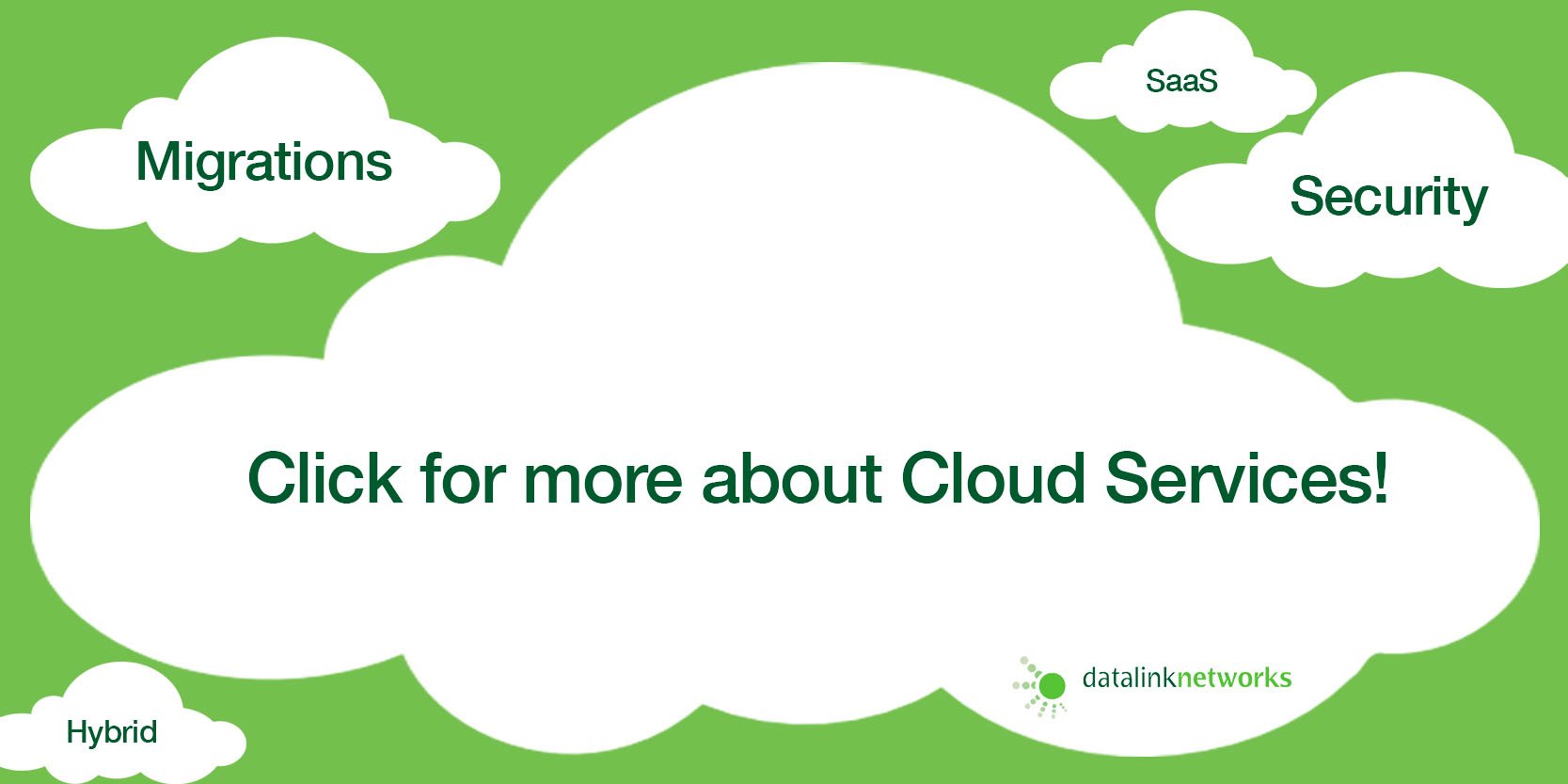Cloud computing has transformed the way businesses access computing resources, store data, and deploy applications. Instead of investing in costly on-premises infrastructure, companies now have the option to utilize the cloud for enhanced flexibility, cost-effectiveness, and innovation.
In a landscape of rapid technological advancement, what lies ahead for cloud computing? Let's explore the key cloud computing trends set to ignite the next phase of growth and innovation across various industries.
The Evolution of Cloud Computing
Cloud computing has a rich history that spans several decades. Understanding its evolution helps us appreciate its current significance. Here are some key milestones:
-
1950s: Time-Sharing Systems
- Large mainframe computers were shared via time-sharing systems, allowing multiple users simultaneous access.
- This laid the groundwork for resource sharing and efficiency.
-
1990s: Emergence of VPNs
- Telecommunication companies introduced Virtual Private Networks (VPNs).
- Businesses could securely outsource computing needs over the Internet.
-
1999: Salesforce Introduces SaaS
- Salesforce.com pioneered the Software-as-a-Service (SaaS) model.
- Businesses could access software applications via the cloud.
-
2006: Amazon Web Services (AWS)
- AWS launched, making on-demand cloud infrastructure services mainstream.
- Cloud computing became accessible to businesses worldwide.
Cloud computing has come a long way since its inception. It has revolutionized the way businesses operate by providing on-demand access to a shared pool of computing resources. Initially, cloud computing was primarily used for storage and data processing.

However, over the years, it has evolved to offer a wide range of services including software development platforms, virtual machines, and databases. The evolution of cloud computing has been driven by advancements in technology, such as faster internet speeds and improved infrastructure.
Today, cloud computing has become an integral part of many industries. Leading providers in the cloud computing landscape are Microsoft Azure, Google Cloud, and AWS. It offers scalability, flexibility, and cost-effectiveness, allowing businesses to scale their operations without significant upfront investments. As the demand for cloud services continues to grow, we can expect further advancements in this field.
Click here to read our comparative analysis of AWS and Microsoft Azure!
Future Prospects
The cloud computing industry has seen significant growth over the last decade. According to Grand View Research, the worldwide public cloud services market is forecast to grow by 14.1% from 2023 to 2030.
Some key factors driving rapid cloud adoption include:
- Enhanced Flexibility and Cost-Effectiveness
Companies can optimize deployment across environments without significant upfront investments.
- Accelerated Innovation and Speed-to-Market
Cloud services enable quicker development and deployment of applications.
- Effortless scalability
Businesses can scale their operations as needed.
- Enhanced Collaboration
Cloud-based tools facilitate collaboration among teams.
- Disaster Recovery and Business Continuity
The cloud ensures data resilience.
The global health crisis caused by COVID-19 has further propelled the shift towards cloud migration, as businesses increasingly prioritize digital resilience and remote productivity capabilities.
By 2025, Gartner predicts that over 85% of global organizations will embrace a cloud-first principle.

Key Trends and Predictions for Cloud Computing
Now, let's delve into the significant advancements and predictions poised to influence the future of cloud computing in the years to come:
The Rise of Edge Computing
Edge computing is a paradigm shift in cloud computing that brings computing power closer to the data source. Traditionally, data processing and analysis were done in centralized cloud servers. However, with the rise of Internet of Things (IoT) devices and the need for real-time data processing, edge computing has gained prominence.
Edge computing involves processing data at the edge of the network, near the source of data generation. This reduces latency and bandwidth usage, enabling faster decision-making and real-time insights. With the increasing number of IoT devices and the need for low-latency applications, edge computing is expected to play a crucial role in the future of cloud computing.
Artificial Intelligence and Machine Learning in the Cloud
Artificial Intelligence (AI) and Machine Learning (ML) are revolutionizing the way businesses operate, and cloud computing is playing a significant role in their advancement. Cloud-based AI and ML services provide businesses with access to powerful computing resources and pre-built models, making it easier to develop and deploy AI-powered applications.
With cloud-based AI and ML services, businesses can leverage the power of AI without the need for extensive hardware investments. They can process large amounts of data, train complex models, and make predictions at scale. As AI and ML continue to evolve, we can expect cloud computing to play a pivotal role in their development and deployment.
Hybrid and Multi-Cloud Strategies
Hybrid and multi-cloud strategies are becoming increasingly popular among businesses. A hybrid cloud strategy involves the use of both public and private clouds, allowing businesses to take advantage of the benefits of both environments. It provides flexibility, scalability, and allows businesses to maintain control over sensitive data.
On the other hand, a multi-cloud strategy involves using multiple cloud service providers for different workloads or applications. This strategy offers redundancy, avoids vendor lock-in, and enables businesses to choose the best services from different providers.
Both hybrid and multi-cloud strategies provide businesses with the flexibility to optimize their cloud infrastructure based on their specific needs. As more businesses adopt these strategies, we can expect the future of cloud computing to be characterized by a mix of public and private clouds, as well as multiple cloud service providers.
According to Gartner, nearly 50% of mid-to-large organizations will use hybrid infrastructure by 2028.
Impacting Diverse Sectors
Hybrid cloud solutions are making big strides in these industries:
Finance
Financial institutions are leveraging hybrid cloud solutions to partition customer data while harnessing the power of public clouds for customer-centric applications.
Healthcare
Securely storing patient records in private clouds, healthcare providers can seamlessly access public clouds for non-sensitive tasks like administrative functions. This strategic approach enables them to effectively navigate compliance requirements while maximizing cost-efficiency.
Manufacturing
Hybrid cloud solutions empower manufacturers to monitor and optimize production processes through the integration of IoT devices while safeguarding valuable intellectual property within private cloud environments. This strategic approach not only enhances supply chain management but also provides the flexibility and scalability needed to drive efficiency and innovation in the manufacturing sector.
Enhanced Security and Privacy Measures
Security and privacy have always been a concern in cloud computing. However, with advancements in technology, cloud providers are implementing enhanced security measures to protect data and ensure privacy.
Encryption, access controls, and identity management solutions are being used to secure data in the cloud. Additionally, regulatory compliance and data privacy laws are driving cloud providers to implement stricter security measures. As the future of cloud computing unfolds, we can expect continued advancements in security and privacy measures to address the evolving threat landscape.![]()
Conclusion
In summary, the continuous evolution of cloud computing, the rapid rise of edge computing, and the seamless integration of Artificial Intelligence (AI) and Machine Learning (ML) with the cloud forecast a thrilling future for the realm of technology and business.
These groundbreaking trends are reshaping industries, driving innovation, and offering unprecedented opportunities for growth and transformation. As we look ahead, the synergistic combination of these advancements promises to revolutionize the way businesses operate, deliver services, and leverage data.
The future is indeed bright for those who embrace the power of cloud computing, edge computing, and AI/ML integration.




